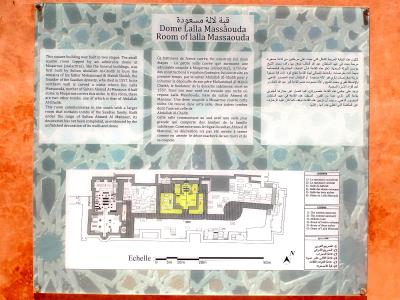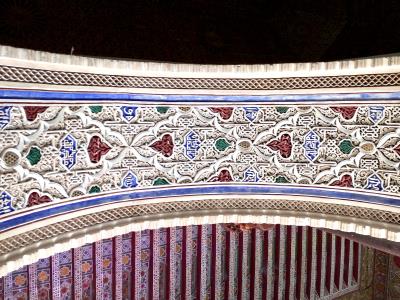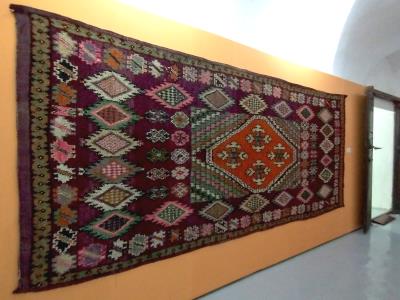Day 5 - Marrakech 5/15/22
Morocco
Frank's Trip
CLICK on any image to enlarge - use mouse cursor to move enlargement it if doesn't fit area
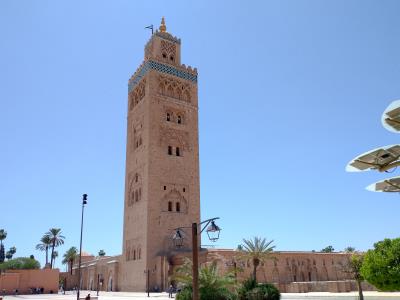
Marrakech...
I miss the Tramways they have in Rabat! They were so fast and easy and typically 6 Dirhams to go most anywhere - about $0.60.
I was extremely tired starting out today... so I didn't. I went back to bed and got started about Noon. Since a number of things were spread apart, I got a taxi to be my driver for about 5 hours for 500 Dirhams - about $50 - and he took me to the places I wanted to go, waited until I was ready to go to another place and we were off to the next spot on my list.



Snake Charmers in the Jemma el-Fna Square
There are all sorts of snakes... the ones I found in this marketplace in Marrakech were the human type that used the reptiles to work their schemes... Stop for an instant and they have you sitting down, a snake around your neck and your camera in their hands. In about 5 minutes they have you up and on your way and handing over money to them - it is negotiable, but they're very persuasive to the novice tourist in these parts. These were in the Jemma el-Fna Square.
The square is huge with all sorts of vendors of everything you can think of - and some you can't. Fruits, vegetables, fresh spices, entertainments, and goods of all sorts.

This is a primary landmark in Marrakech and the biggest mosque in Marrakech. It commands quite a large square and has gardens on the side of the square.

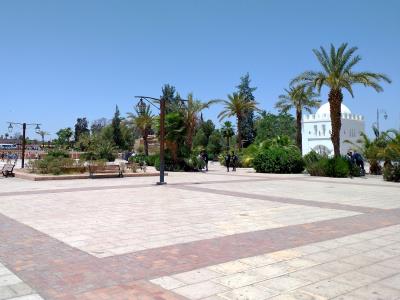


Saadian Tombs
This 16th-century burial ground is home to 66 members of the Saadian dynasty, which ruled over Marrakech between 1524 and 1668. The tombs here include that of the ruler Al-Mansour, his successors, and their closest family members.
The Saadian Tombs were walled up by their Alawite successors and were only rediscovered in the early 20th century. The entrance to the Saadian Tombs is the small alleyway next to the southern wall of the Kasbah Mosque
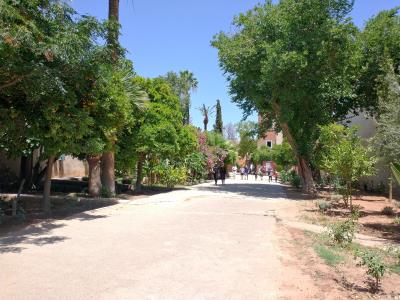



More detailed information is on these images




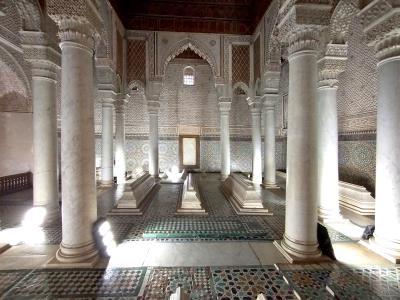


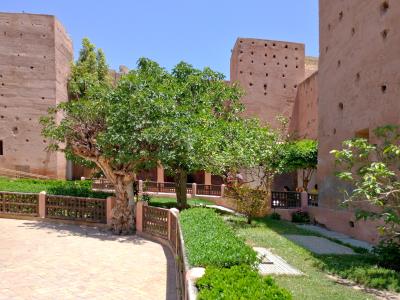
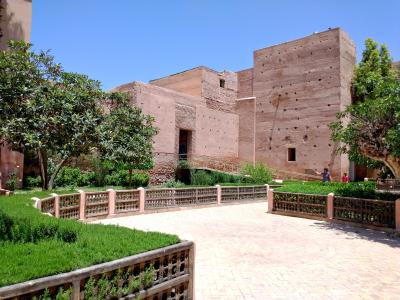
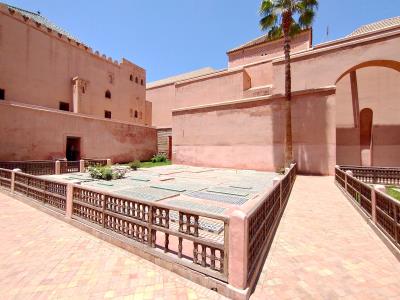
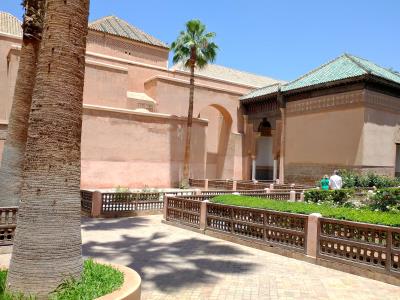
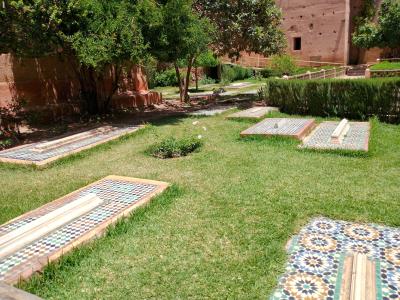
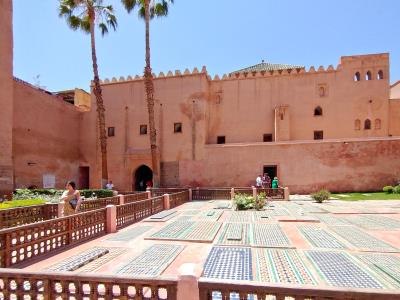
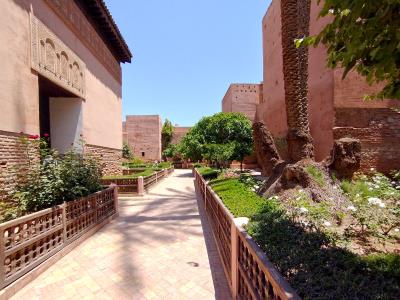
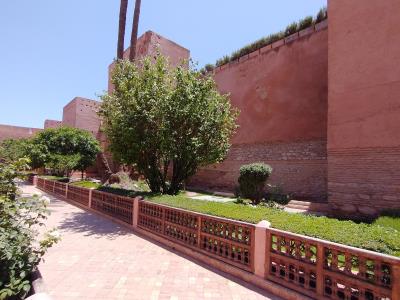

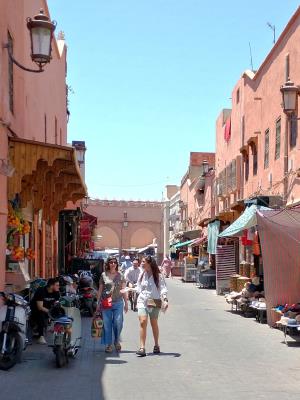

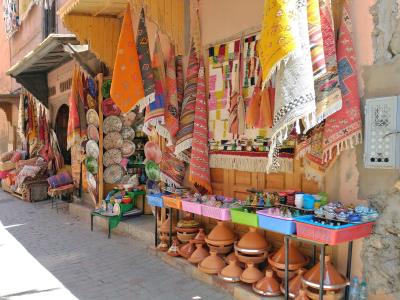
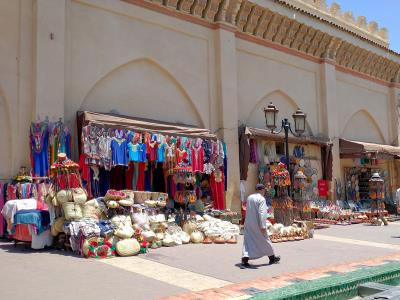
Bahia Palace
This magnificent peacock of a palace was built in the late 19th century as the residence of the Grand Vizier Bou Ahmed, who served Sultan Moulay al-Hassan I.
The interior decoration is a dazzling display of Moroccan artisan work combining zellige tiles, painted ceilings, and ornate wrought-iron features showcasing the opulent lives of those high up in the sultan's favor at that time.
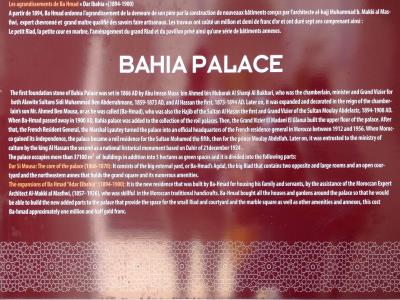
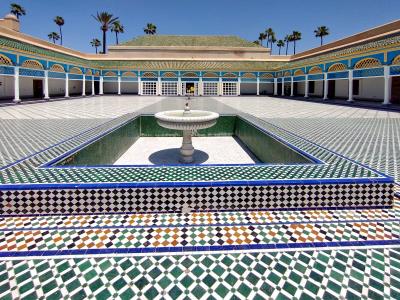
Bahia Palace - Grand Courtyard
The wealth and power one would have to command to build a courtyard on this scale and of such opulence surely held its visitors in awe in the day of the Grand Vizier - as it still does.

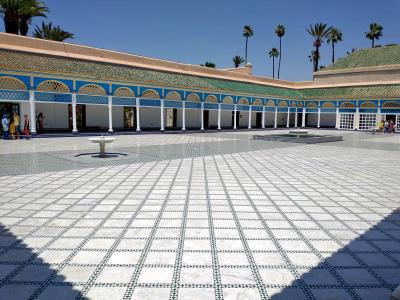
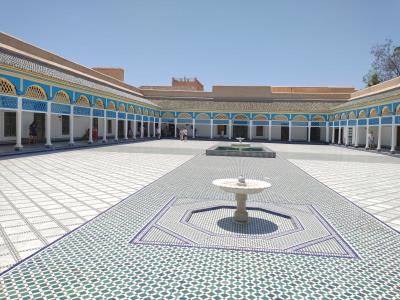
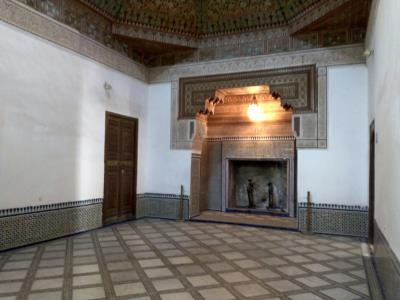

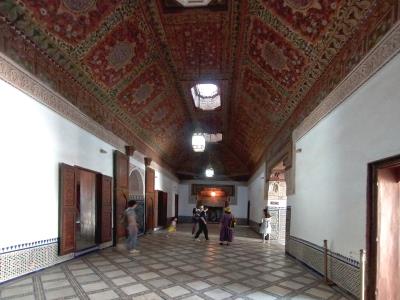
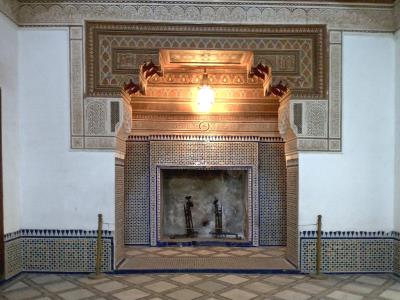

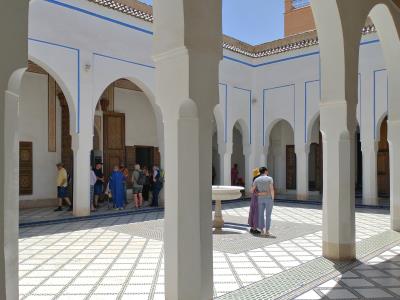
A bath isn't "just a bath" if one is a proper Grand Vizier.
One must have a Hot Room and an Undressing Room to complement the bath suite.


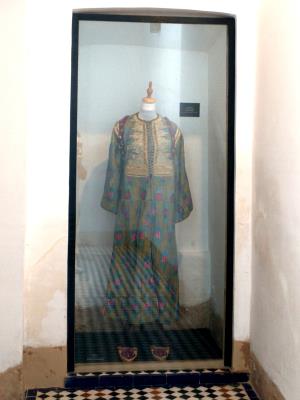
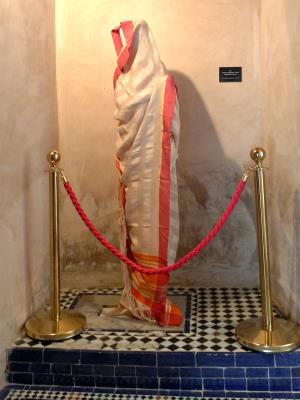
is a small park in its own right. There are many exotic plants and pathways around and through the courtyard.

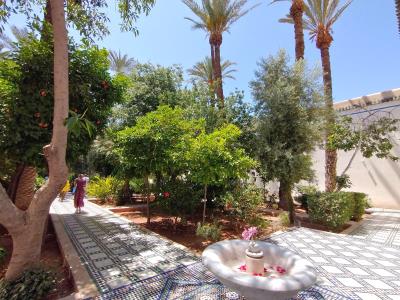
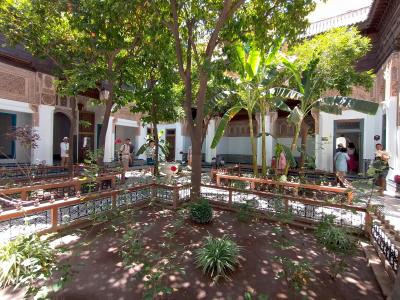
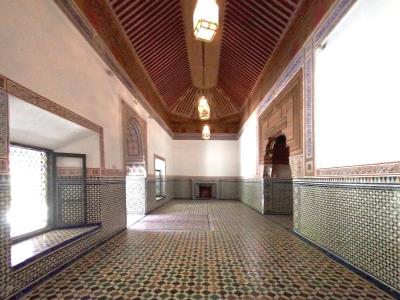

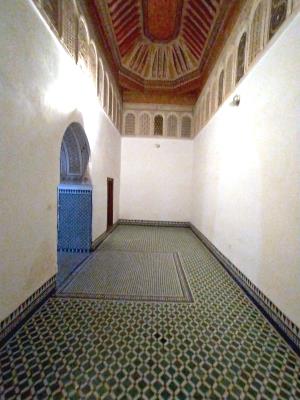
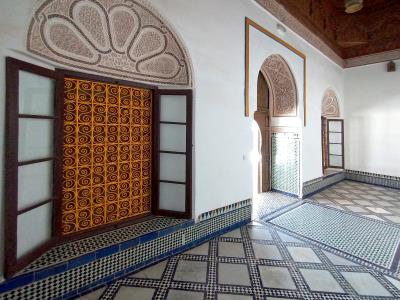
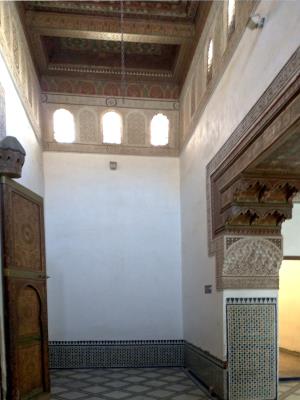
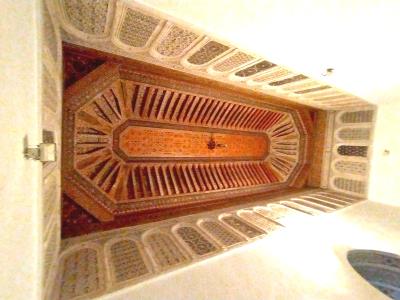

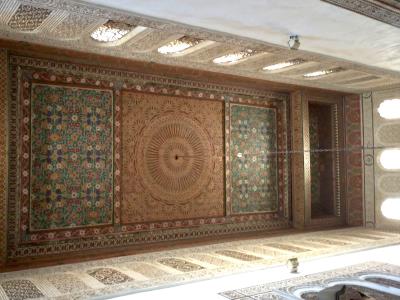
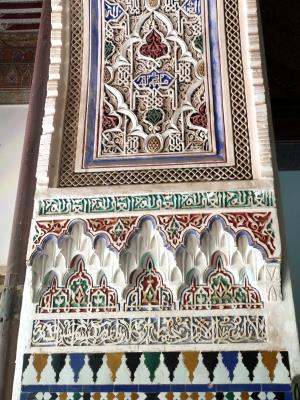
The level of detail on "just a doorway" is awe inspiring
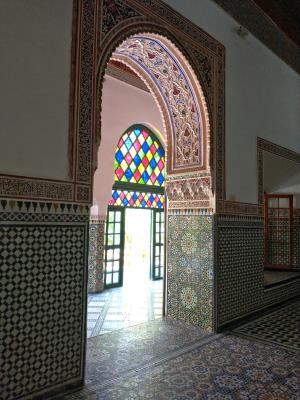
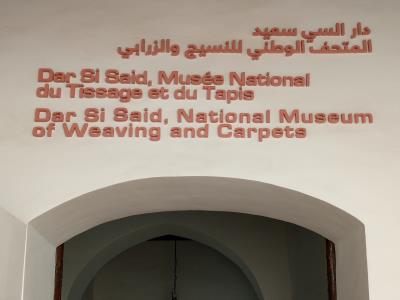
Dar Si Siad
National Museum of Weaving and Carpets
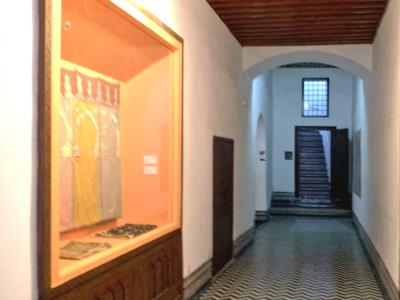

LEFT: This rug is considered one of the oldest carpets in Morocco. It is dated to the end of the 18th century.
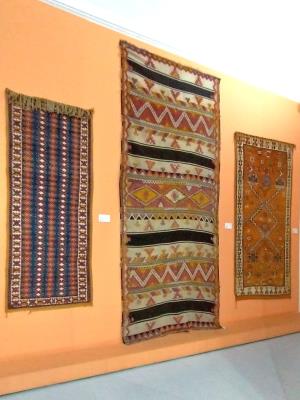

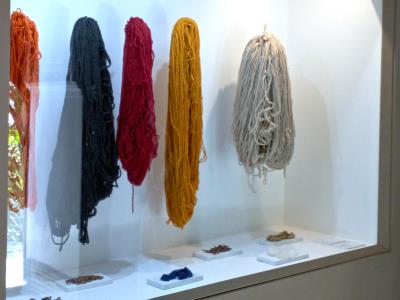
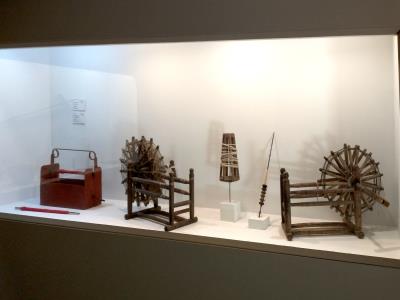
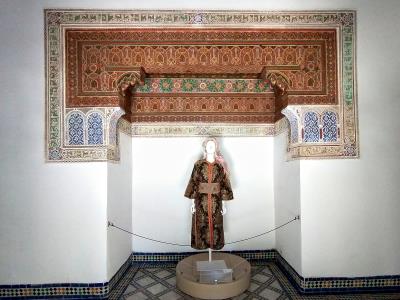
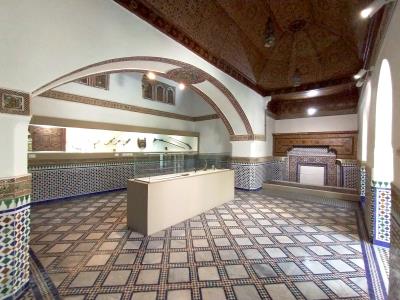
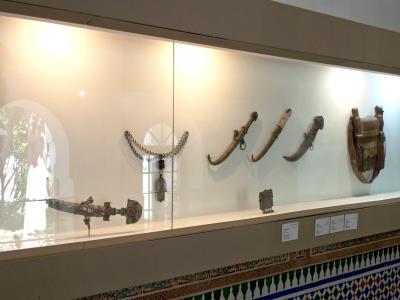

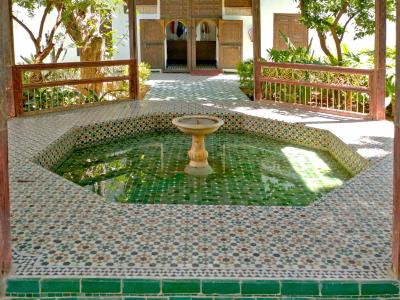
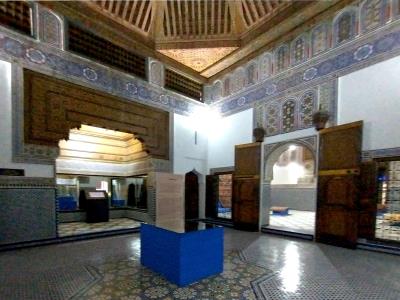
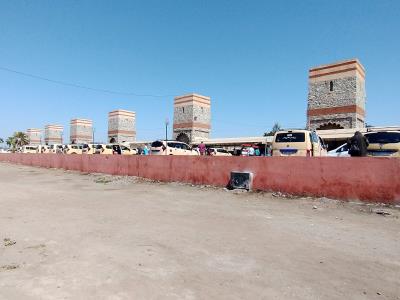
Place de 7 Saints
In 2005, at Bab Doukkala, seven towers were built to honor these seven men, who are part of the history and culture of the City of Marrakech. Sadly part of the area is now pretty trashy, there is a taxi depot next door, and vendors have their tents and wares affixed to the monuments.
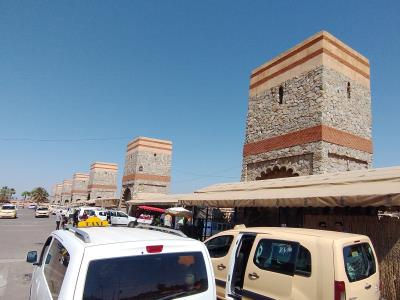
Tanneries
The tannery is currently at a very low ebb due to the impacts of Covid 19 and the loss of commune members because of it. This commune works as a shared enterprise between the harvesters of the various animals (sheep, goats, cattle, camels) who provide the hides, the people who work in the pictured yard preparing and dyeing them, and the artists and craftsmen who produce goods from them. The final proceeds are then distributed among the commune members. At least, that is the story presented here.
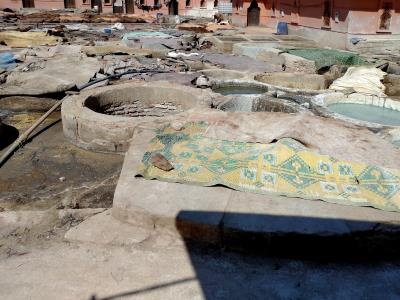




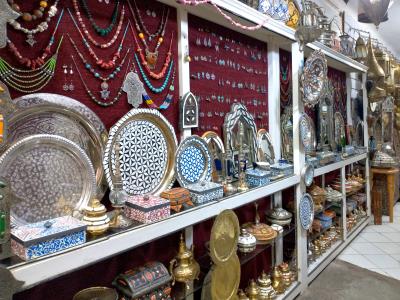

 Koutoubia Mosque & Gardens
Koutoubia Mosque & Gardens